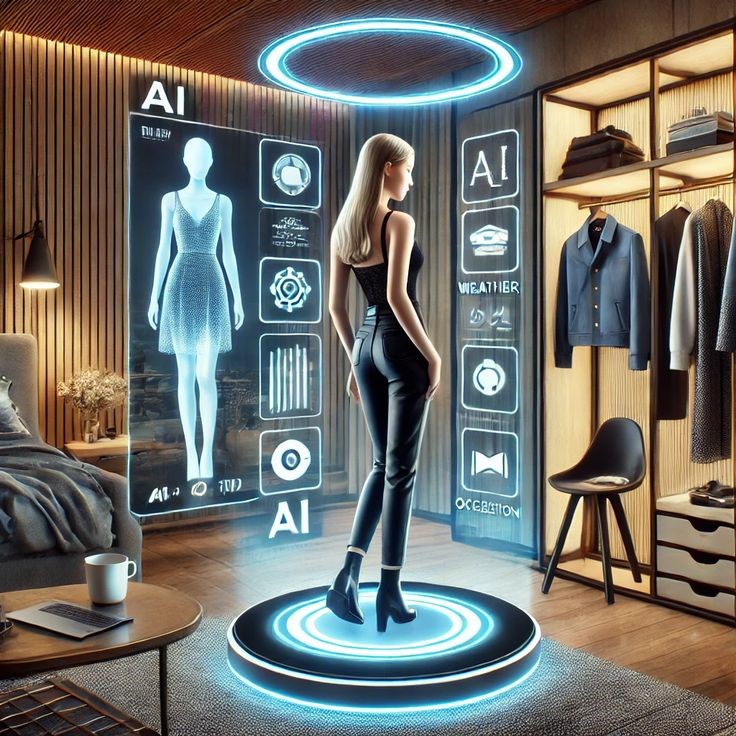In the ever-evolving world of technology, Character AI is rapidly becoming a game-changer. It is reshaping how humans interact with machines, fostering more immersive, intuitive, and personalized experiences. Whether in virtual assistants, gaming environments, customer service, or educational platforms, is enhancing the user experience by simulating human-like conversation and emotional intelligence.
At its core, Character AI refers to artificial intelligence designed to mimic human behaviors, personalities, and communication styles. Unlike traditional AI, which focuses on task execution and data analysis, aims to create more relatable and engaging virtual entities. These intelligent characters can comprehend natural language, interpret user emotions, and deliver contextually appropriate responses.
Character AI operates through a blend of advanced machine learning algorithms, natural language processing (NLP), and neural networks. These technologies enable virtual characters to learn from interactions, adapt to users’ preferences, and refine their responses over time.
Applications of Character AI
The versatility of Character AI extends across multiple industries. Its ability to simulate realistic human interactions is revolutionizing sectors such as:
- Gaming and Entertainment: Character AI is a cornerstone in video games and virtual reality experiences. It powers non-player characters (NPCs) that adapt to player behavior, enhancing storytelling and game dynamics. Developers use to craft more lifelike and unpredictable characters, increasing player immersion.
- Customer Support: Companies are leveraging to provide 24/7 assistance through virtual agents. These AI-driven characters handle customer queries, resolve issues, and offer personalized recommendations. With continuous learning capabilities, Character AI improves service quality and customer satisfaction.
- Education and Training: In e-learning platforms, Character AI provides interactive tutoring experiences. It tailors content delivery to individual learning styles, evaluates student performance, and offers feedback. This application not only enhances engagement but also fosters better learning outcomes.
- Healthcare: Character AI is transforming patient care by offering virtual health assistants. These AI characters support patients with medication reminders, mental health counseling, and lifestyle advice. Their empathetic and responsive nature helps improve patient adherence and overall well-being.
- Marketing and Retail: Brands utilize to deliver personalized customer journeys. AI characters assist shoppers in finding products, provide style suggestions, and enhance online shopping experiences. This innovative approach boosts user engagement and brand loyalty.
The Technology Behind Character AI
The seamless operation of Character AI is driven by cutting-edge technologies:
- Natural Language Processing (NLP): NLP allows AI characters to understand, interpret, and respond to human language. It involves syntactic parsing, semantic analysis, and sentiment detection, enabling more nuanced conversations.
- Machine Learning (ML): Character AI leverages machine learning to improve over time. Through data collection and pattern recognition, these characters refine their dialogue, personalities, and decision-making processes.
- Neural Networks: Deep learning via neural networks is fundamental for complex behavior modeling. Neural architectures, such as transformer models, empower Character AI to handle sophisticated language tasks and simulate human-like responses.
- Emotional AI: To enhance realism, Character AI integrates emotional intelligence. This involves recognizing user emotions, adapting tone, and responding empathetically to create authentic connections.
Benefits of Character AI
The adoption of Character AI offers numerous advantages across industries and consumer applications:
- Enhanced User Experience: Character AI delivers more personalized and engaging interactions, leading to increased user satisfaction and loyalty.
- Scalability: Businesses can scale customer service and engagement without requiring human intervention, reducing costs while maintaining quality.
- Data Insights: Character AI captures valuable insights from user interactions, which inform business strategies and optimize services.
- Accessibility: AI characters provide accessible communication for users with disabilities, offering support through speech-to-text and personalized assistance.
Challenges in Character AI Development
Despite its promise, Character AI presents technical and ethical challenges:
- Bias and Fairness: Ensuring fairness requires addressing biases in training data. Character AI must reflect diverse perspectives to avoid reinforcing stereotypes.
- Privacy Concerns: User interactions with AI characters generate sensitive data. Ensuring privacy and secure handling of this data is paramount.
- Context Understanding: Maintaining context-awareness in complex dialogues remains a challenge. Misinterpretations can lead to frustrating user experiences.
- Emotional Authenticity: Achieving genuine emotional resonance requires advancements in emotion detection and expression.
Future of Character AI
The future of Character AI is poised for remarkable growth and innovation. Emerging trends include:
- Hyper-Personalization: AI will evolve to deliver highly tailored experiences, recognizing individual user habits and preferences with unprecedented precision.
- Multimodal Interaction: Character AI will integrate text, speech, and visual cues to create richer, multi-sensory experiences.
- Collaborative AI: Future systems may combine multiple AI characters, each specializing in unique tasks, to offer comprehensive assistance.
- Ethical AI Frameworks: As adoption increases, ethical guidelines and transparent AI systems will become essential to ensure responsible use.
- Human-AI Symbiosis: Character AI will increasingly complement human intelligence, fostering collaboration in creative, medical, and scientific domains.
Conclusion
Character AI is transforming how people engage with technology. From virtual assistants to interactive entertainment, its impact spans industries and redefines human-machine interaction. As technology advances, will continue to enhance experiences, bridge communication gaps, and unlock new possibilities. With responsible development, it promises a future where virtual characters become trusted companions and indispensable tools for a connected world.
